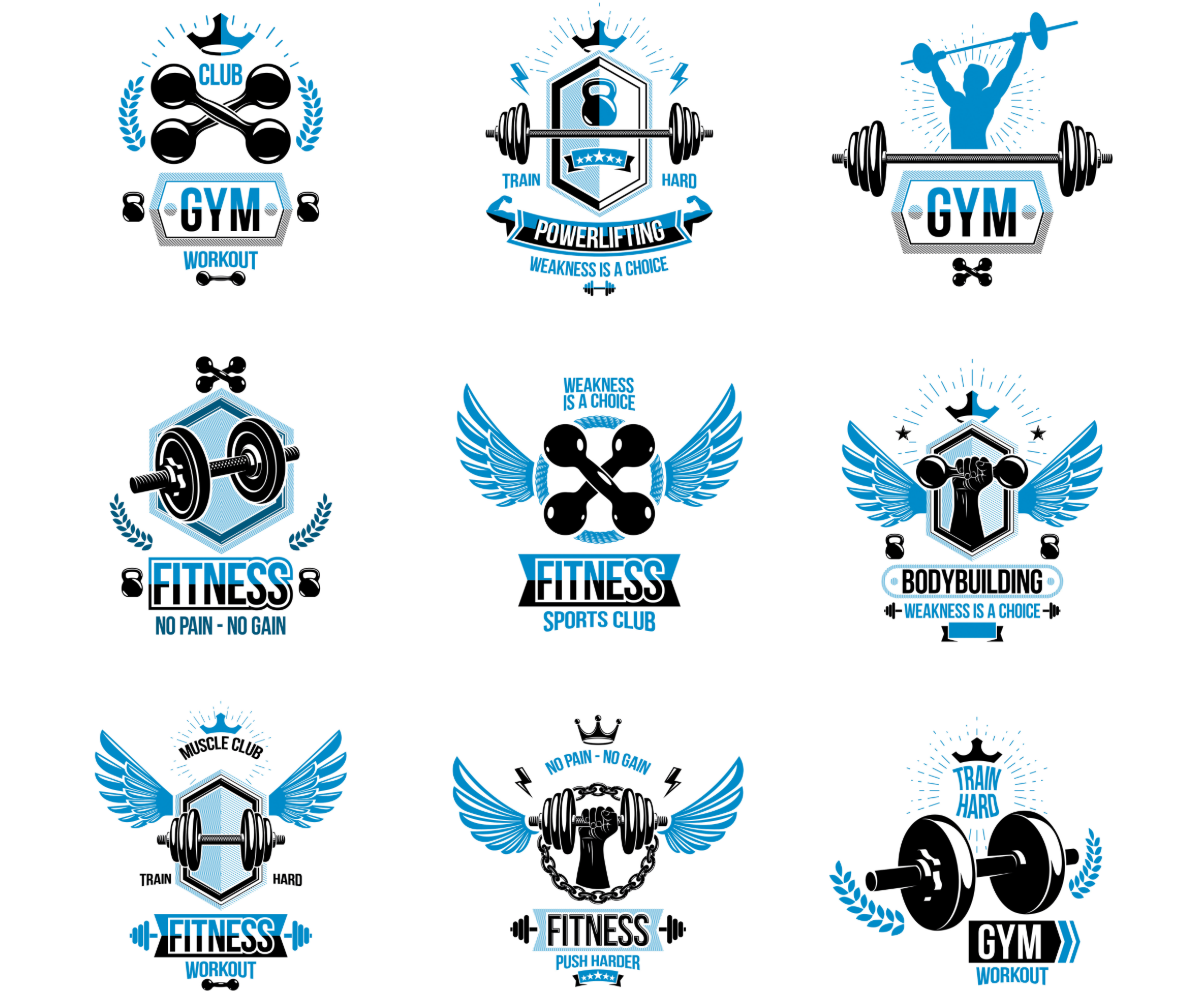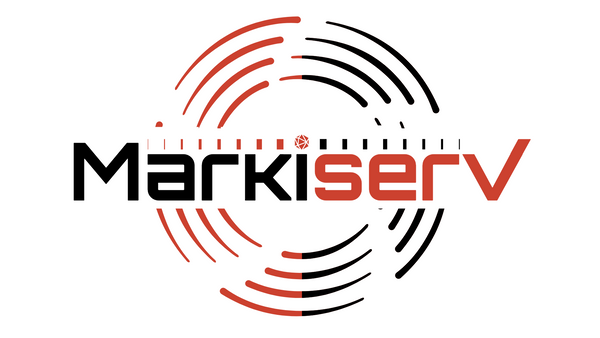
Comprehensive Guide to Logo Design
Learn how to strategically plan your next logo design.
Introduction
A logo is more than just a visual symbol; it’s the face of a brand, encapsulating its identity, values, and mission. A well-designed logo can leave a lasting impression, foster brand loyalty, and set a business apart from its competitors. This guide will explore the fundamentals of logo design, the latest trends, and best practices to help you create a memorable and effective logo.
What is Logo Design?
Logo design is the process of creating a unique symbol or graphic that represents a brand. It involves combining typography, imagery, and color to create a visual identity that communicates the essence of the brand. A successful logo is simple, memorable, versatile, and relevant to the brand’s message.
The Basics of Logo Design
- Simplicity: A simple logo is easily recognizable and versatile. It should be clear and uncluttered, making it effective across various mediums and sizes.
- Memorability: A memorable logo leaves a lasting impression on viewers. It should be distinctive and unique, ensuring that it stands out in the minds of consumers.
- Versatility: A versatile logo works well in different contexts and formats, whether it’s on a business card, a billboard, or a mobile app. It should be scalable and look good in both color and black-and-white.
- Relevance: The logo should be relevant to the brand’s industry, values, and target audience. It should convey the right message and evoke the desired emotions.
- Timelessness: A timeless logo remains effective and relevant for years to come. Avoid following fleeting design trends that may quickly become outdated.
The Importance of Logo Design:
-
First Impressions
A logo is often the first interaction a customer has with a brand. A well-designed logo can create a positive first impression and attract potential customers.
-
Brand Identity
A logo encapsulates the brand’s identity and values. It serves as a visual representation of what the brand stands for.
-
Brand Recognition
A distinctive logo helps in building brand recognition. Consumers can easily identify and remember the brand through its logo.
-
Professionalism
A professional logo conveys credibility and trustworthiness. It shows that the brand is serious and committed to its business.
Key Elements of Logo Design
- Typography: The choice of typography can significantly impact the logo’s look and feel. Serif fonts convey tradition and reliability, while sans-serif fonts are modern and clean. Custom fonts can add a unique touch to the logo.
- Color: Colors evoke emotions and can influence perceptions. Choose a color palette that aligns with the brand’s personality and message. Consider the psychological effects of colors and how they resonate with the target audience.
- Imagery: Imagery in a logo can include icons, symbols, or illustrations. It should be relevant to the brand and simple enough to be easily recognizable.
- Layout: The layout of the logo elements should be balanced and harmonious. Consider how the typography, color, and imagery work together to create a cohesive design.
- Scalability: Ensure that the logo is scalable and looks good at different sizes. It should be clear and legible whether it’s on a small business card or a large billboard.
Latest Trends in Logo Design
- Minimalism: Minimalist logos focus on simplicity and clarity. They use clean lines, simple shapes, and limited color palettes to create a sleek and modern look.
- Geometric Shapes: Geometric shapes add structure and balance to logos. They can create a sense of stability and professionalism.
- Hand-Drawn Elements: Hand-drawn logos add a personal and authentic touch. They convey creativity and uniqueness, making the brand feel more approachable.
- Negative Space: Negative space logos use the empty space around and within the logo elements to create a secondary image or message. This clever use of space can make the logo more memorable.
- Gradients: Gradients add depth and dimension to logos. They can create a dynamic and vibrant look, making the logo stand out.
- Vintage and Retro: Vintage and retro logos evoke nostalgia and timelessness. They often use classic typography and color schemes to create a sense of heritage.
- Responsive Logos: Responsive logos adapt to different screen sizes and contexts. They may have variations for different uses, ensuring that the logo remains effective across all platforms.
How to Design a Logo
- Research and Inspiration: Start by researching the brand, its industry, and its competitors. Look for inspiration from successful logos and design trends. Create a mood board to gather ideas and visualize the brand’s identity.
- Define the Brand Identity: Understand the brand’s values, mission, and target audience. Define the key attributes that the logo should convey.
- Sketch and Conceptualize: Begin sketching ideas and concepts. Experiment with different shapes, typography, and layouts. Don’t be afraid to explore multiple directions.
- Create Digital Drafts: Use design software to create digital drafts of the logo. Refine the sketches and experiment with color palettes and typography.
- Seek Feedback: Share the logo drafts with stakeholders and gather feedback. Consider their input and make necessary adjustments.
- Finalize the Design: Once the logo is refined and approved, create the final version. Ensure that it is scalable and works well in different formats.
- Create Variations: Develop variations of the logo for different uses, such as a simplified version for small sizes or a monochrome version for black-and-white printing.
Best Practices for Logo Design
- Keep It Simple: Simplicity is key to creating a memorable and versatile logo. Avoid unnecessary details and focus on the core elements.
- Make It Relevant: Ensure that the logo is relevant to the brand’s industry and target audience. It should convey the right message and evoke the desired emotions.
- Test for Scalability: Test the logo at different sizes to ensure that it remains clear and legible. It should look good on both small and large formats.
- Use Vector Graphics: Create the logo in vector format to ensure that it is scalable without losing quality. Vector graphics are essential for printing and digital use.
- Consider Color Psychology: Choose colors that align with the brand’s personality and message. Consider the psychological effects of colors and how they resonate with the target audience.
- Ensure Versatility: Design the logo to work well in different contexts and formats. It should be effective in color, black-and-white, and on various backgrounds.
- Seek Feedback: Gather feedback from stakeholders and potential customers. Use their input to refine the design and ensure that it resonates with the target audience.
Additional Tips for Logo Design
- Stay Updated with Trends: Keep an eye on the latest design trends and incorporate relevant elements into your logo. However, avoid following trends blindly and focus on creating a timeless design.
- Protect Your Logo: Once the logo is finalized, consider trademarking it to protect your brand identity. This legal protection ensures that your logo cannot be used by others.
- Create a Style Guide: Develop a style guide that outlines the proper use of the logo, including color codes, typography, and spacing. This ensures consistency across all brand materials.
- Use Professional Tools: Invest in professional design software and tools to create high-quality logos. Tools like Adobe Illustrator and Sketch are popular choices among designers.
- Experiment and Iterate: Don’t be afraid to experiment with different ideas and iterate on your designs. The first draft is rarely the final version, so keep refining until you achieve the perfect logo.

Conclusion
Logo design is a critical aspect of building a brand’s identity. By understanding the basics, staying updated with the latest trends, and following best practices, you can create a logo that is not only visually appealing but also effective in communicating the brand’s message. Remember, a well-designed logo is a powerful tool that can leave a lasting impression and foster brand loyalty.
Resources to Learn More:
From Concept to Reality: A Guide to Logo Development - This article from Toptal provides a detailed overview of the logo design process, including useful tips and a framework for creating effective logos.
The Ultimate Guide to Logo Design - Canva’s comprehensive guide covers the essentials of logo design, including typography, color psychology, and key design principles.
Logo Design Guides for Every Industry - LogoDesign.net offers in-depth articles tailored to different industries, helping you design memorable logos for various business types3.
Logo Design Tips from Graphic Designers - Adobe’s blog post shares insights from professional graphic designers on logo design tips, trends, and preferences4.
30+ Key Logo Design Trends for 2025 - This article from Design Shack explores the latest logo design trends and how to make them work for your brand5.
